The National Botanical Research Institute in Lucknow is a haven for those who love flowers, plants and floral crafts. The institute, by the name that we know it today, was founded in 1978. It boasts a garden which covers an area of 25 hectares, herbarium, two laboratories and a huge library. Sikandar Bagh, another famous tourist attraction in Lucknow, is also a part of its garden. It is one of the largest botanical gardens in India. The objective of this institute is to explore, propagate, conserve and protect various plant species native to India. Visiting it promises to be an exciting and educative experience.
British rule established itself in India in 1858, after which, additional land was attached to the already existing Sikandar Bagh. A road was cut through it after which it was named Government Horticultural Garden. Senior posts of this garden were occupied by eminent British horticulturalists like Dr. J. Cameron and Mr. M. Ridley.
With time, its activities were expanded to include flower exhibitions, nurseries, research on various kind of plant activities etc. Known as National Botanical Gardens, it was taken over by the CSIR (Council of Scientific & Industrial Research) in 1953. Additionally, a flower nursery, various fruit orchards and lawns were also added to the garden. It was in the year 1978 that the National Botanical Garden was renamed as National Botanical Research Institute (NBRI).
National Botanical Research Institute is famous for organizing flower exhibitions twice a year, once in November and once in January. These are organised with the aim of encouraging the cultivation of ornamental plants among garden lovers, researchers, horticulturists, scientists and general public. Visitors to these exhibitions are introduced to various kinds of flower and plant species, while also purchasing seeds or young plants for planting. Apart from this, various training programs, exhibitions and awareness camps are organized on the subjects of dehydration of flowers and developing and displaying various kinds of floral craft. The rich collection of plants along with the historical significance attached to this place make it one of the most visited tourist attractions in Lucknow.
Architecture
In terms of architecture, the Shaheed Smarak bears a close resemblance to the Amar Jawan Jyoti in Delhi. It is built of pure white marble which stands on a platform which has been carved using the same stone. There is also a pillar inside the monument complex which has the names of freedom fighters engraved on it.
Popular Tourist Attractions Nearby
National Botanical Research Institute is one of the must visit tourist places which you should visit during your trip to Lucknow. Apart from this, there are other places of historical and cultural significance all over the city which make for some lovely sightseeing and exploration. Here are some of them.
- Charbagh Railway Station
- Tombs of Saadat Ali Khan & Khurshid Zadi
- Vidhan Bhawan
- Gurudwara Yahiyaganj
- Dilkusha
- Jain Temple
- Lord Hanuman Temples of Aliganj
- Buddha Temple
- Shaheed Smarak
- La Martiniere

Best Time to Visit
National Botanical Research Institute is located in Lucknow. Just ask anybody who has been there, and they will tell you that it gets extremely hot during summers. So much so, that the temperature hovers around 42°C. This does not mean that tourists stop visiting it during this season. If you can cope with the heat, there is no reason why you should not visit it during summers. During winters, however, the weather gets very cool, calm and pleasant, thus creating the perfect conditions for sightseeing and exploration.
How to Reach?
National Botanical Research Institute is located in the city of Lucknow, Uttar Pradesh. You can easily reach it since it is well connected by train, air and road. This is the best way of reaching it.
By Train: The major railway station in Lucknow is called the Lucknow Junction Railway Station, located at a distance of almost 4.4 km. Taxis and private vehicles are available from the railway station to reach NBRI, with the drive not taking you more than 21 minutes approx.
By Air: Lucknow has its own railway station called Chaudhary Charan Singh International Airport. It is situated at a distance of 19.2 km approx, or a total driving time of 50 minutes. You can hire one of the taxis and private vehicles available at the airport.
By Road: Lucknow enjoys a good connectivity by roads to all the major cities of India as well as those located in close proximity like Agra (323 km), Jhansi (316 km), Kanpur (86 km) and Varanasi (280 km). If you are coming to Lucknow from Kanpur and Jhansi, you will have to take NH 27. Varanasi is connected to Lucknow via NH 30, while Agra is connected to it via Agra Lucknow Expressway.




















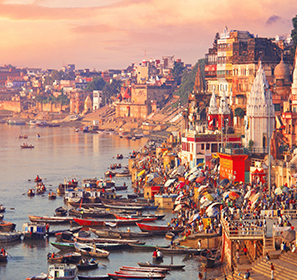
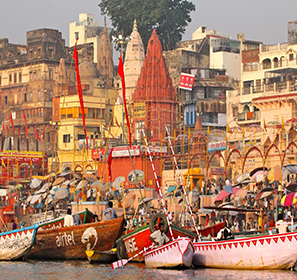
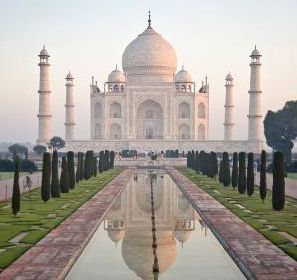
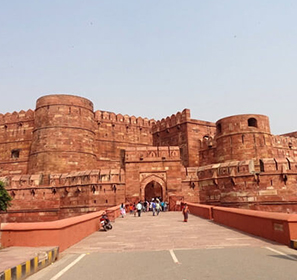
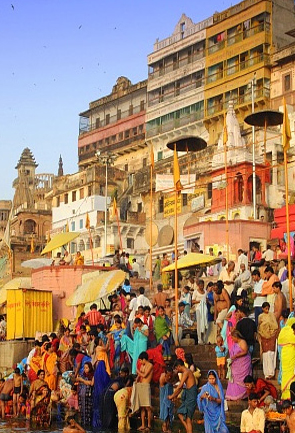




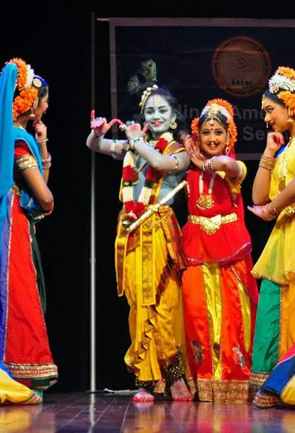
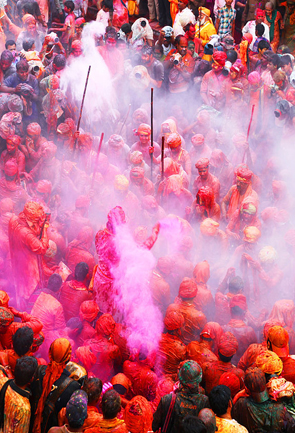


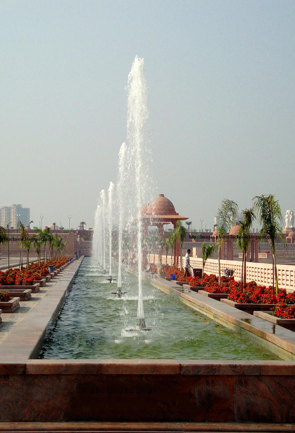

 Plan Trip
Plan Trip Call Us
Call Us Packages
Packages Home
Home